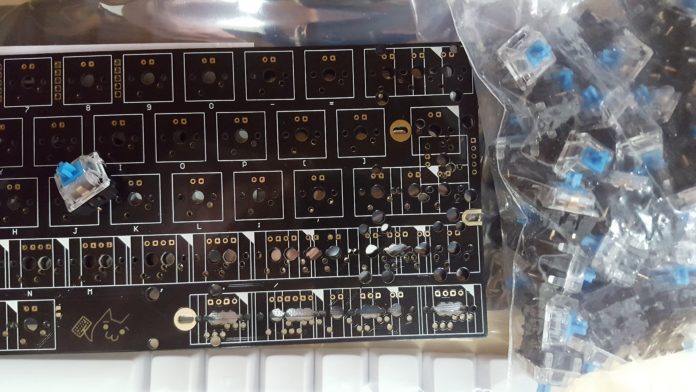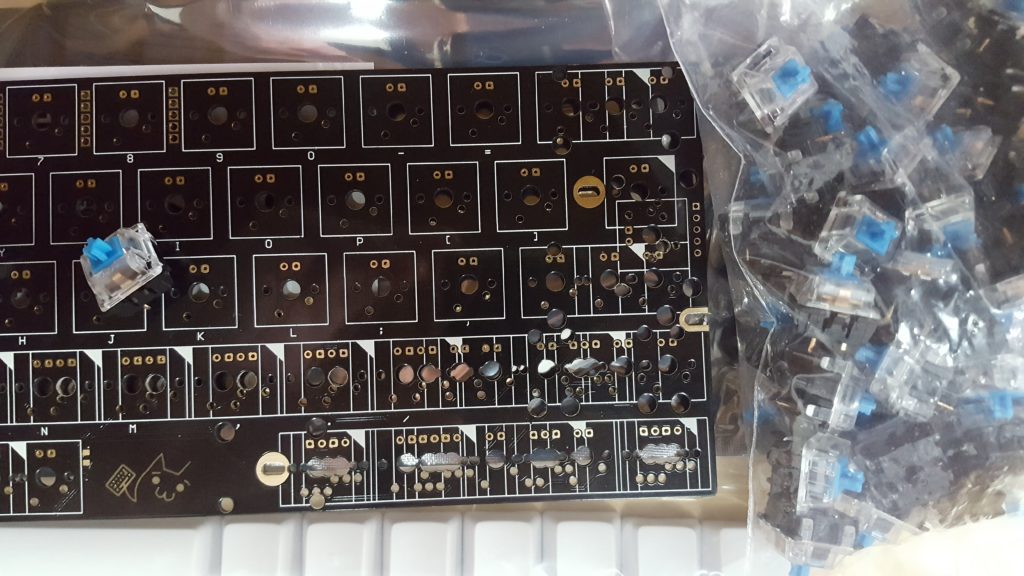Currently on exchange in China, don’t know if I was being too sedentary or whatever, but I was having neck and back strains while sitting at my desk, and I realised I was sitting too near my laptop. So, the natural no-brainer solution would be to sit FURTHER away from my laptop, no? Oh hey, that won’t work! Guess what, laptops (at least the ones in the form factor I own) have keyboards that are literally stuck to their screens!
A perfect excuse to get something I’ve been eyeing for a long time: a mechanical keyboard. Tick tick tack.
So, taking advantage of my (passable) coherence in the Chinese language and the proximity to a delivery center, I decided to TaoBao everything. Apparently 60%s were what I was looking for – a minimalist approach to typing, plus the portability and sleekness – what’s there not to want?
Of course, I had to do my research and I headed over to r/mechanicalkeyboards to learn more and get a feel of the DIY scene. I learnt about the different switch colors, their uses and how they work, and the main differences between different brands. I always wondered how keyboard controllers could remain small with the massive number of inputs it gets – usually at least 40, and between 60-100 is common – the controllers would have to have a massive number of digital pins capable of reading the inputs all at once, no? Wrong, Here’s a fantastic article by Michał Trybus detailing how a keyboard matrix works: [http://blog.komar.be/how-to-make-a-keyboard-the-matrix/]
So after some deliberation between the Satan GH60, the ORG60 and the XD60, I decided to get the last one as it was the most reasonably priced (289 Yuan, or roughly SGD$60) for the PCB, stabilizers (stabs!), gateron blue switches, and white ABS keycaps that are really, really white.
To be continued in the next post.































